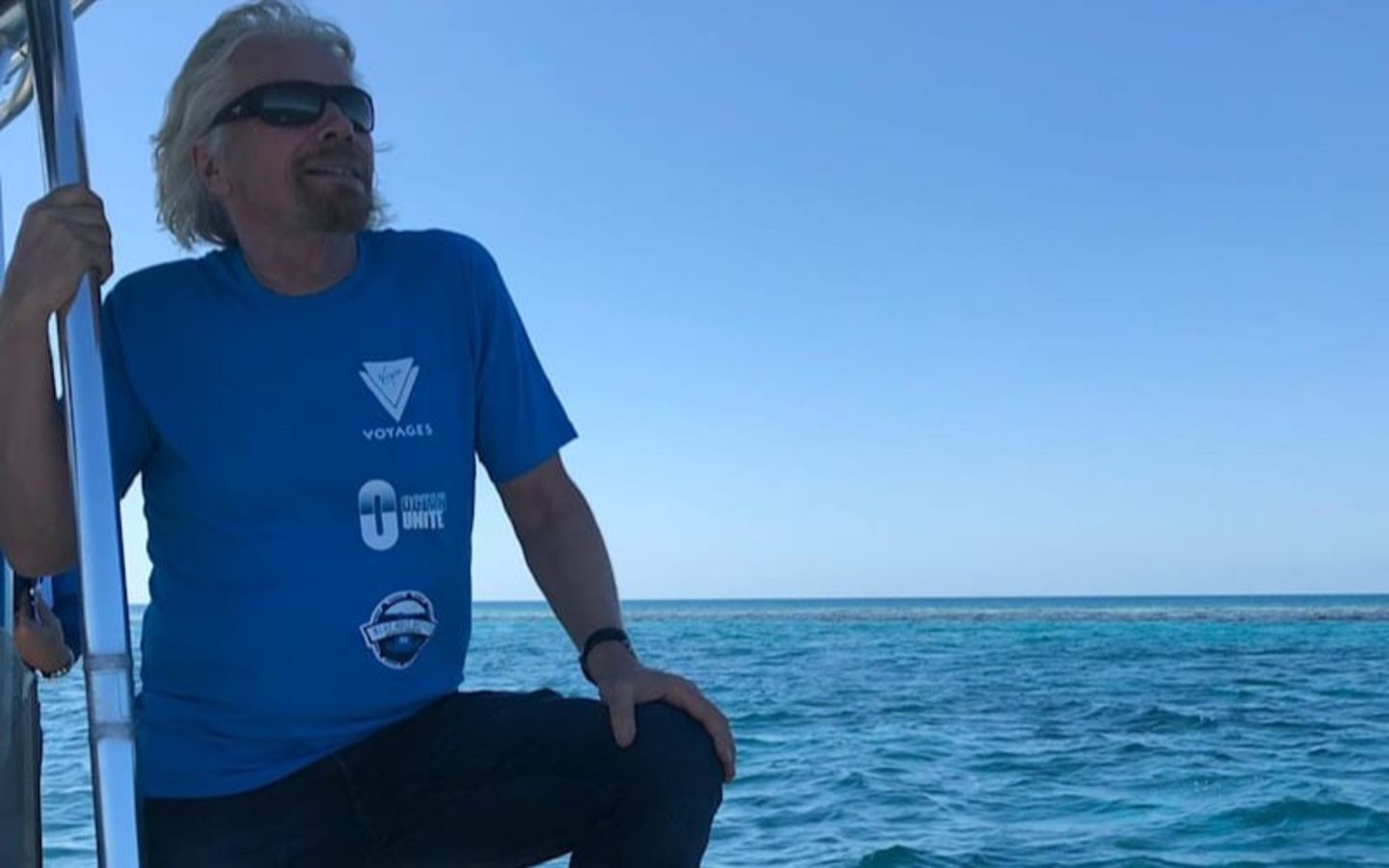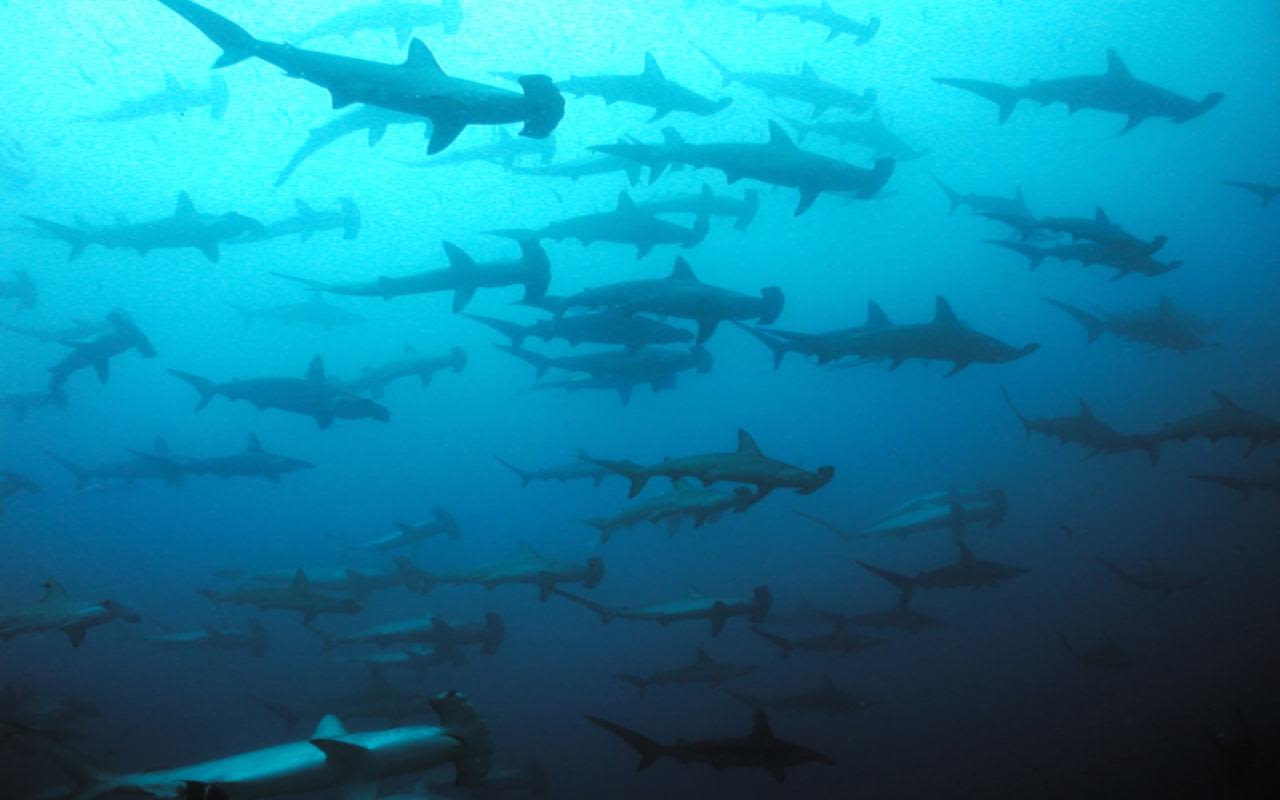Protecting the ocean in the Caribbean
In the midst of a painful year for our world, it is hopeful to be able to talk about something positive and visionary. Especially when it combines two of my favourite places: the ocean and the beautiful Caribbean that I have been lucky to call home for many years. It’s a region defined more by sea than by land, with sparkling waters and marine treasures providing food, jobs and protection for local people and attracting visitors from around the world. And in an era of extreme pressure on the ocean from global heating, plastic pollution and overfishing, these treasures cannot be taken for granted. We need to be proactive to protect what we love.
Which is precisely what an ambitious coalition of governments, companies and other partners have been doing since they united to create the Caribbean Challenge Initiative (CCI) in 2008 – and the Caribbean Biodiversity Fund (CBF) in 2012 – to accelerate action to protect the marine and coastal environment. This July, we will be celebrating the huge progress made since the launch of these collaborations at the CCI-CBF Virtual Week. But it’s not all plain sailing. Multiple challenges remain and a major boost in ambitions, partnerships and funding is needed as we look beyond 2020.
My involvement in the CCI began back in May 2013, when I co-hosted the CCI Summit of Business and Political Leaders together with Premier Orlando Smith of the BVI and Prime Minister Keith Mitchell of Grenada on Necker Island. It was a pivotal event for the Initiative, culminating in governments and territories signing the CCI Leaders Declaration committing to protect 20% of their marine and coastal resources by 2020 – effectively doubling the 10% global goal set by Aichi Biodiversity Target 11 in 2010 and confirmed in Sustainable Development Goal 14 in 2015. Meeting this bold “20x20 target” called for a tripling of marine protected area coverage in the Caribbean in just seven years.
Now that 2020 has arrived it’s time to take stock of progress made, and the prospects are looking good. 11 countries and territories have joined the CCI and together they have protected 47,232 km2 of the nearshore environment; that’s nearly two thirds of the way towards the 20% goal and we hope to get even closer by the end of the year.
The CCI governments and partners have already put the Caribbean on the map as an area of exceptional ocean leadership. We still need a big push to reach the 20x20 target – but that is just the beginning. I believe the Caribbean can be a beacon of hope for the world to achieve the “30x30 goal” to strongly protect at least 30% of the ocean by 2030.
Today only 7.4% of the global ocean is protected, and just 2.5% is fully protected from destructive or extractive human activities. 30% is the minimum level of protection that the latest science shows is needed to build the resilience of marine ecosystems and species and help them adapt to the climate emergency and biodiversity crisis. And it is the number one focus underpinning Ocean Unite’s work in the Caribbean and around the world.
Protecting the vitality of the Caribbean’s marine heritage is essential to its goal of becoming a climate-smart region and bolstering its natural defences against hurricanes and other natural disasters. A healthy ocean is also the prime attraction of its tourism industry, currently suffering crushing losses due to the disruption of the global pandemic.
Strengthening partnerships and attracting further investment is one of the central goals of the CCI-CBF Virtual Week, co-organised by Ocean Unite, that will bring together governments, Caribbean conservation trust funds, partners and donors. It is an ideal opportunity to look beyond 2020 and scale up ambitions for ocean protection by supporting a new 30x30 target.
The Caribbean and its people cannot thrive without a healthy, protected ocean. It has a chance to lead the world in becoming the first region to protect 30% of its ocean and inspire others to take up the challenge.




